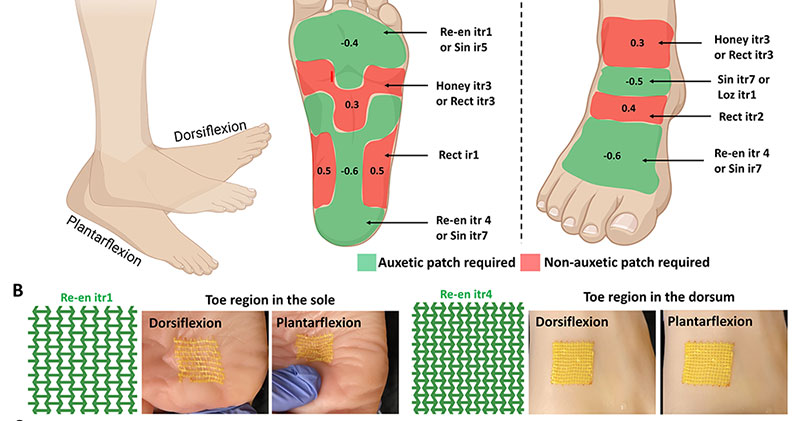Time: 2024-06-20
Wearable bioelectronic systems are being developed to improve monitoring and treatments for chronic wounds. These wounds, including diabetic ulcers, are more deadly than many serious diseases, with a five-year survival rate of around 70%. Treating chronic wounds cost an estimated $28 billion annually in the U.S. A team of researchers from the Keck School of Medicine of USC and Caltech is working on cutting-edge technologies, such as smart bandages, that can sense and respond to changing conditions inside a wound.
The smart bandages can provide continuous data on healing and potential complications, deliver medications or treatments, and administer controlled drug release and electrical stimulation. The USC-Caltech team has tested a smart bandage in animal models with promising results. These bandages can detect inflammation, infections, or blood flow problems and alert patients and healthcare providers while providing real-time treatment. The bandages are made from advanced materials, including bioelectronic materials and hydrogels, which can help with healing by delivering electrical stimulation and storing and releasing drugs in response to environmental factors.

Researchers have developed a dissolvable, ultra-elastic adhesive patch to deliver therapeutics that promote healing. This self-sticking bandage is designed to adapt to any body surface, internal or external, with a bond stronger than current FDA-approved adhesives. The patch mimics the skin's expandability and flexibility, preventing tissue damage and promoting adhesion. The unique design of the patch, known as an auxetic structure, is 3D-printed and can be tailored for specific body parts, allowing it to move with dynamic areas like elbows, feet, or lungs.
The patches can be printed quickly and customized for individual needs. Made from a hydrogel that degrades over time, their removal is pain-free. These patches are seen as a promising addition to surgical sutures and staples, as they can prevent air leaks in lungs or bleeding from the heart by loading therapeutics onto the patch and promoting controlled release. Further studies will be conducted with large animals to accelerate healing and improve treatment for diabetic and burn wound patients, potentially replacing skin grafts in skin tissue remodeling.
The dissolvable adhesive patches offer a pain- and damage-free solution for wound care, reducing the need for traditional surgical methods and devices that can be painful for patients. By preventing air leaks and promoting controlled release of therapeutics, these patches have the potential to revolutionize wound care and surgical procedures. With ongoing research and testing, the potential applications of these innovative patches continue to expand, offering new possibilities for improving patient outcomes and quality of life.